As COVID-19 lingers, some schools take to the great outdoors
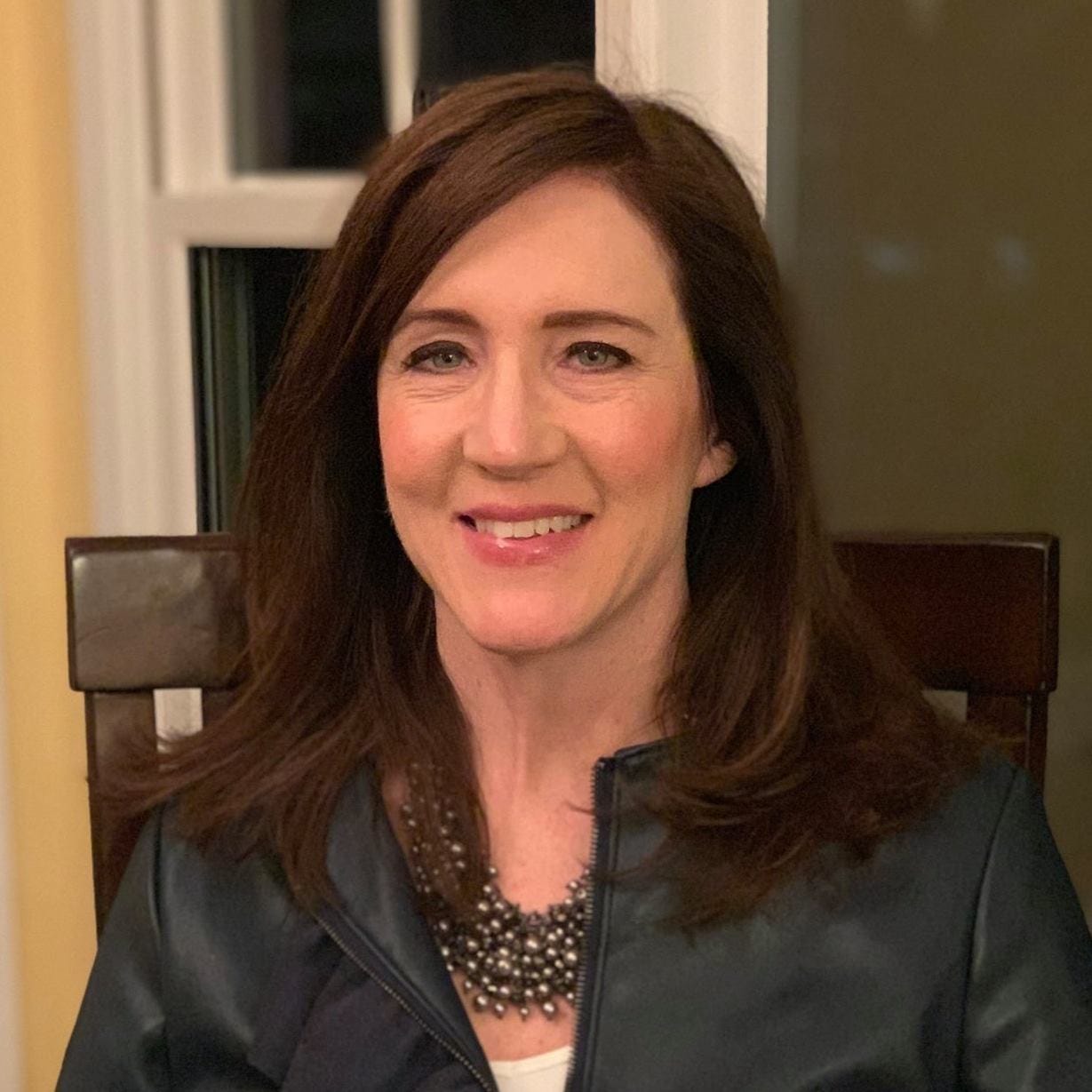 Jennifer Chambers
Jennifer ChambersAddison Township — Violette Harvat's classroom is under a canopy of maple, birch and pine, a camp chair and lap board set up for writing and a tent nearby for quiet reading time.
Her learning tools include wood sticks for building and paper for writing. Her teachers include birds, a frog pond and an occasional human.
A few yards away sits the 10-year-old's old classroom with its walls, doors and windows. Hard desks and chairs stand empty. It's dark. No one is inside.
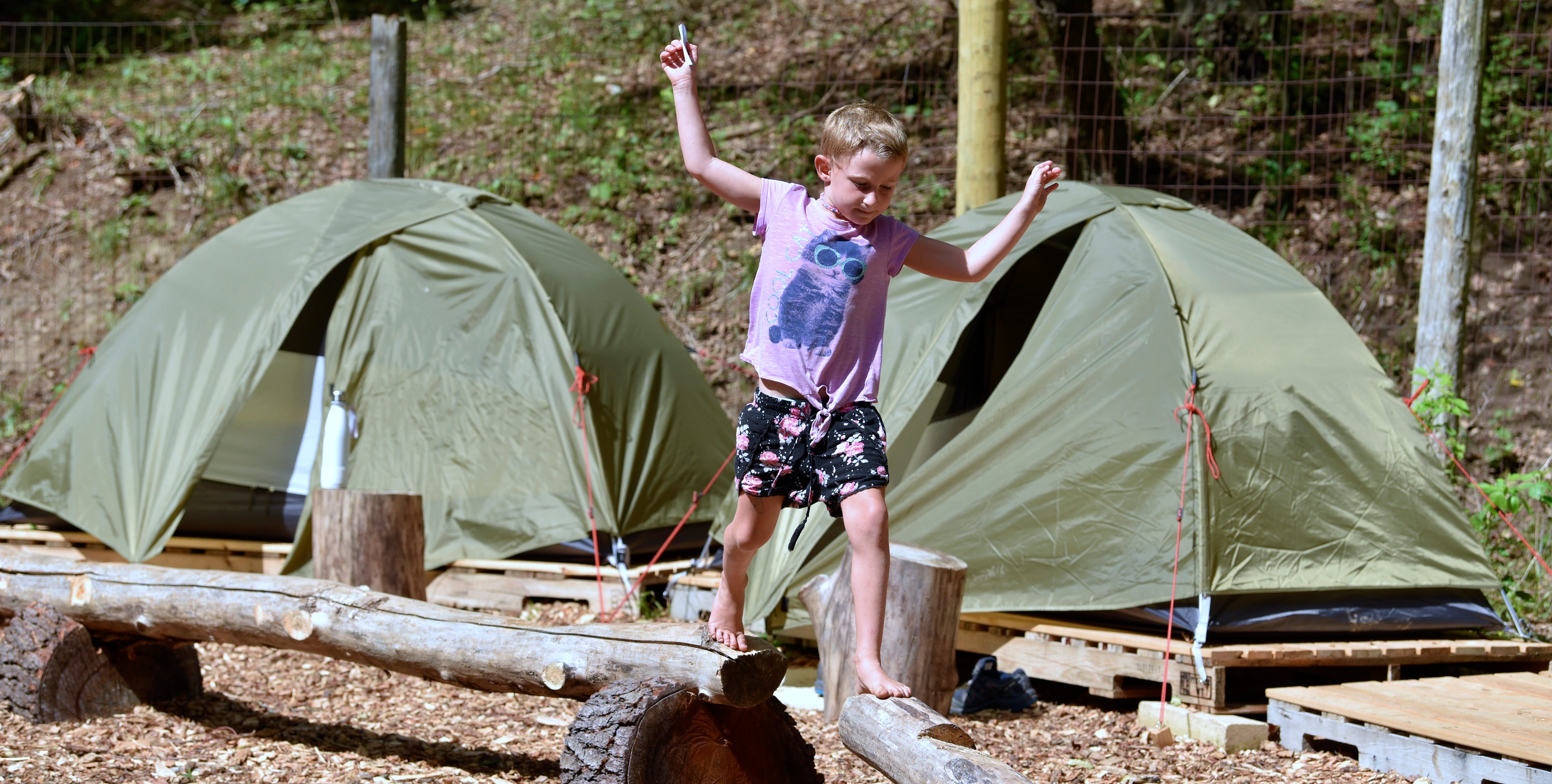
School is now 100% outside for Violette and nearly 90 other students at the private Upland Hills School, which for half a century in north Oakland County has maintained the philosophy that nature is the best teacher — even amid a pandemic.
After students sat at home in spring with online learning, school officials decided to move students into a fully open-air environment, where the coronavirus is less likely to be transmitted and students can engage in face-to-face learning with their teachers and each other.
School officials say they plan to hold in-person classes outside all school year long, using sturdy, temperature-controlled tents when needed come rain, heat or snow.
The Addison Township school is among those in Michigan that are taking students back to nature as a safer way to have in-person learning.
At Upland Hills, pre-pandemic lessons were held outside as much as half of the time, school director Rob Himburg said, with the other half indoors.

After students were sent home in March because of the pandemic, the school's staff has been determined to welcome them back in person. Space was not the issue. Tents were ordered, as was more bug spray and sunscreen. Hardly anyone batted an eye to the idea, Himburg said.
“Our kids have been isolated since March 12. We all just dropped our books and left school and never came back until now. We just knew our kids needed to be back here with their friends as safe as we can make it, and we want them to feel safe,” he said.
In August, the school opened for a three-week run of outdoor school “practice” to acclimate a small group of students to the new, fully outside setup and new COVID-rules. All students will return Wednesday for the official start of school.
Upland Hills School is on 31 acres surrounded by the Upland Hills Ecological Awareness Center, Upland Hills Farm and Bald Mountain Recreation Area.
Teaching here is centered on how to understand the connections between all things with a focus on helping children become healthy, inspired, encouraged and productive individuals, officials said.
Upland teacher Robert Crowe, who will teach his students core subjects such as math, science and reading, presides over his group of students outdoors in an area known on campus as "Robert's Place."
It's a circle of 15 tents, spaced well apart and sitting on platforms, with Crowe's larger teacher tent on one side. At the moment, Crowe is sitting on a wood chair outside the tent assessing a student who sits barefoot at a table, reading a book. Around him, students balance on wood logs and lie on their bellies drawing.
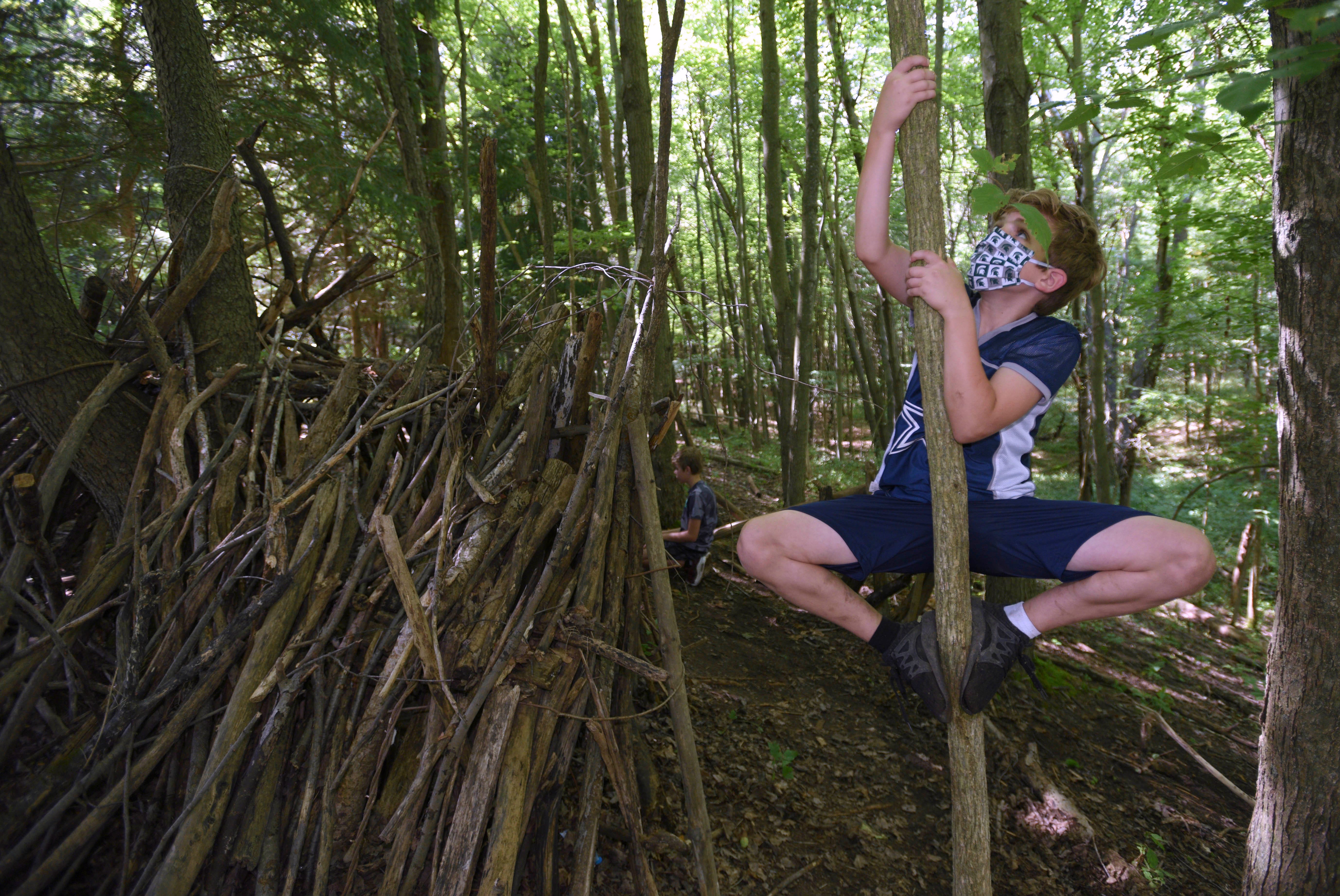
"They love being able to have their own individual space and being able to retreat when they want to and have the comfort of being able to have a quiet place to be in," Crowe said. "I mean, look at the environment they are in: they have the treehouse, covered wagon with a sandpit, frog pond — we're surrounded by different habitats. All around the perimeter we have a running and biking track."
The children, who range from kindergarten age to eighth grade age, are attending school this year with a mix of increased outdoor freedom as well as new restrictions mandated by COVID-19, such as wearing masks when in small, close groups or moving across the campus. Hand sanitizer, as well as bug spray, is everywhere.
Temperature checks are being done at four sites around the school.
School leaders say the extra space for the children to spread out and the lower risk of disease transmission in the open air make it safer for students to get face-to-face instruction.
"Here you get freedom and outside time," Violette said. "I like being outside with my friends because we can build forts together. We have smaller boundaries, and you can't cross in other people's boundaries. If we are more than six feet apart, we can take the masks off. It's fine. My masks are really comfortable.”
Himburg, whose background is in developmental psychology, said the primary learning goal for students this school year is the re-establishment of agency.
"The idea they are trusted and respected to make their own choices for themselves; we know we can mitigate risk and create a safe environment, but they need to know that," he said. "They need to feel safe and they need to know how to make their own decision to do that."
For Himburg, rethinking classrooms and learning amid a pandemic meant moving students and 11 teachers further into the woods, using the space the school already had outside and creating unique educational spaces around the campus.
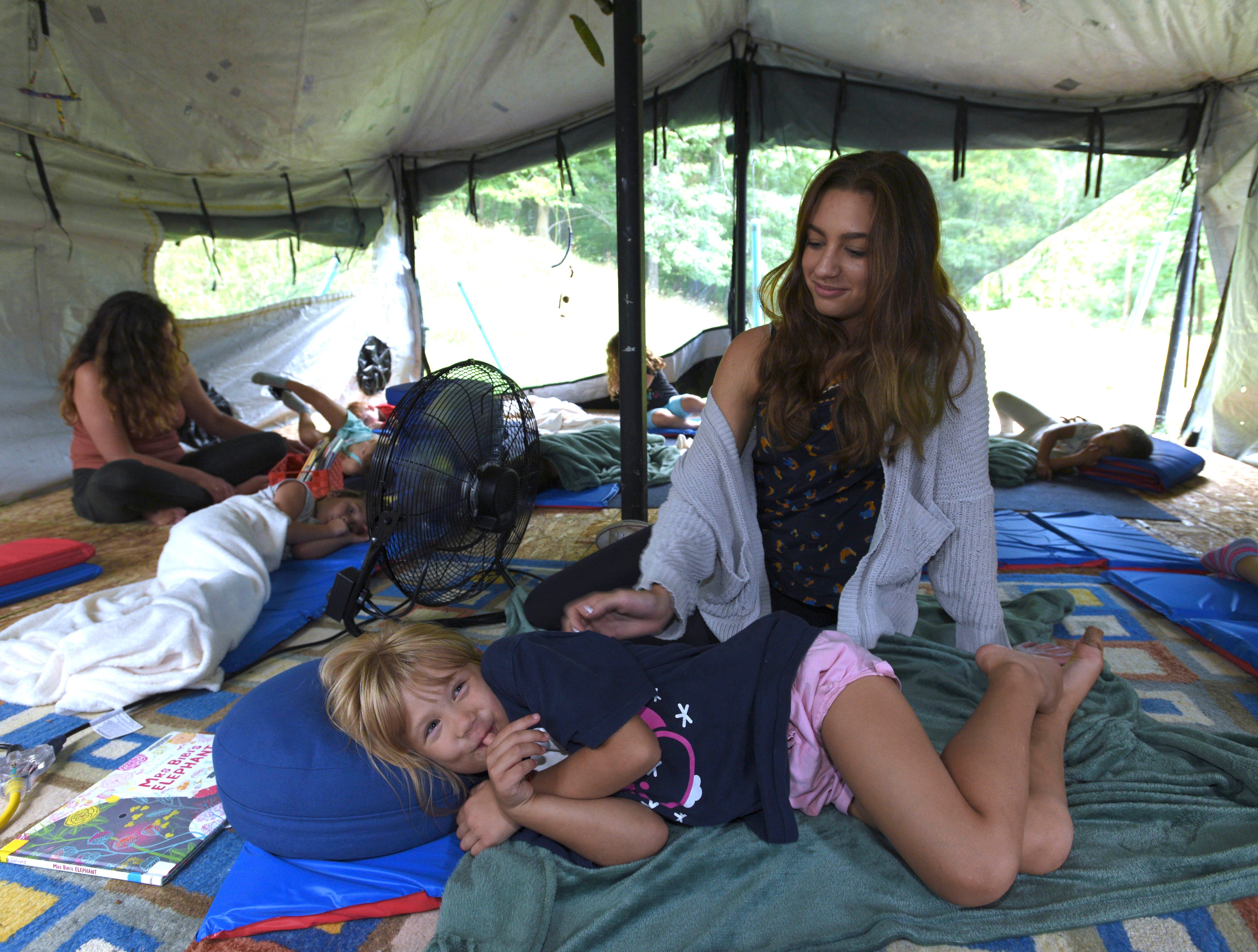
"I really want to emphasize we are in the woods and it’s a very natural setting," he said. "It's easy to look at this and say it’s a throwback to hippie days."
"The neuroscience has really caught up with this way of creating an educational environment and development. We know when we see unstructured, imaginative free play, we know the kind of cognitive development that is happening,” Himburg said.
Moving school outside is not a new concept. In the early 1900s, tuberculosis forced schools to move classrooms outside in New York, even in winter.
There is evidence suggesting outdoor learning benefits students. A study done in 2018 found students with special needs showed longer attention spans and fewer disruptive behaviors while participating in outdoor learning activities compared with those in a traditional setting.
Green Schoolyards America is one of the environmental education organizations that launched the National COVID-19 Outdoor Learning Initiative to encourage schools to move students outside.
The initiative supports schools and districts around the country in efforts to reopen safely and equitably use outdoor spaces as strategic, cost-effective tools to increase capacity with physical distancing measures in place.
Last month, Dr. Anthony Fauci, who heads the National Institute of Allergy and Infectious Diseases, said school districts developing their plans for reopening for the new academic year should find ways to offer as many outdoor activities as possible, from classes to recess and lunchtime.
The Detroit Waldorf School launched a fundraider for an outdoor classrooms project. The school plans to expand its nearly 4 acres of learning space by 5,000 square feet to accommodate students in 14 outdoor learning spaces.
Parent and teacher volunteers planned, designed and began construction earlier this summer on the spaces. According to Kelly Baldwin Heid, director of development at Detroit Waldorf School, the private, independent school is only $3,500 away from its $50,000 fundraising goal.
"Construction will be basically complete ... in time for the start of school on the 8th. There are separate funds to raise for shingles, landscaping, and fencing and we will tackle that later this year," Heid said.
This summer in the Benton Harbor Area Schools, 300 students and about 50 teachers spent six weeks at summer school, which was held outside under large white tents.
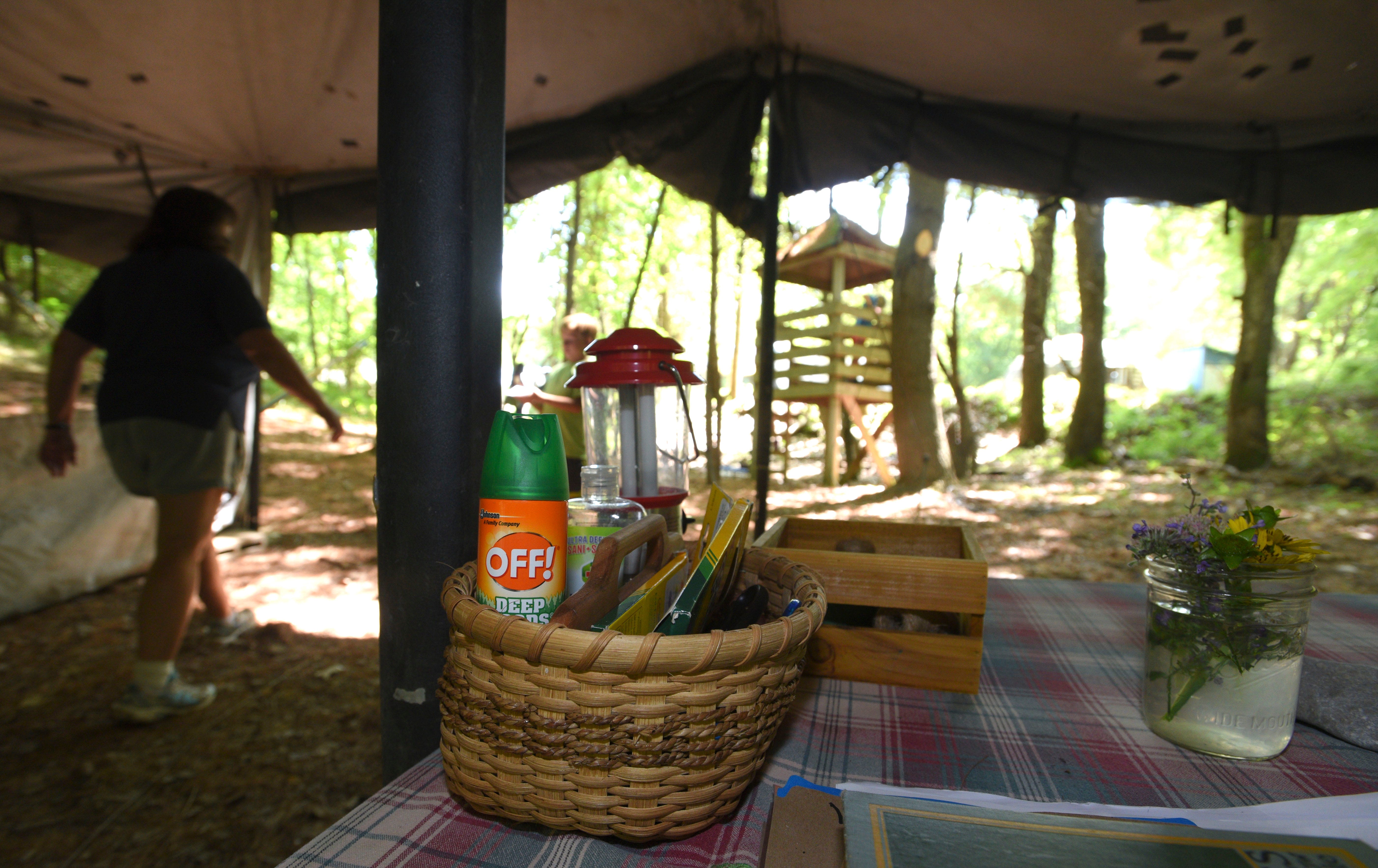
Temperature checks were done daily, and students and educators social distanced and wore masks.
LaWanna Shelton, chief of schools, said the students were thrilled to see their teachers in person, and the fresh air provided the setting for a relaxed learning experience.
"We used to see these huge wedding tents, yoga mats and portable chairs. We have these huge bags of all the supplies, and they each get their own bag," Shelton said. "You see a lot of laid-back fun and temperature checks, masks and gloves."
jchambers@detroitnews.com